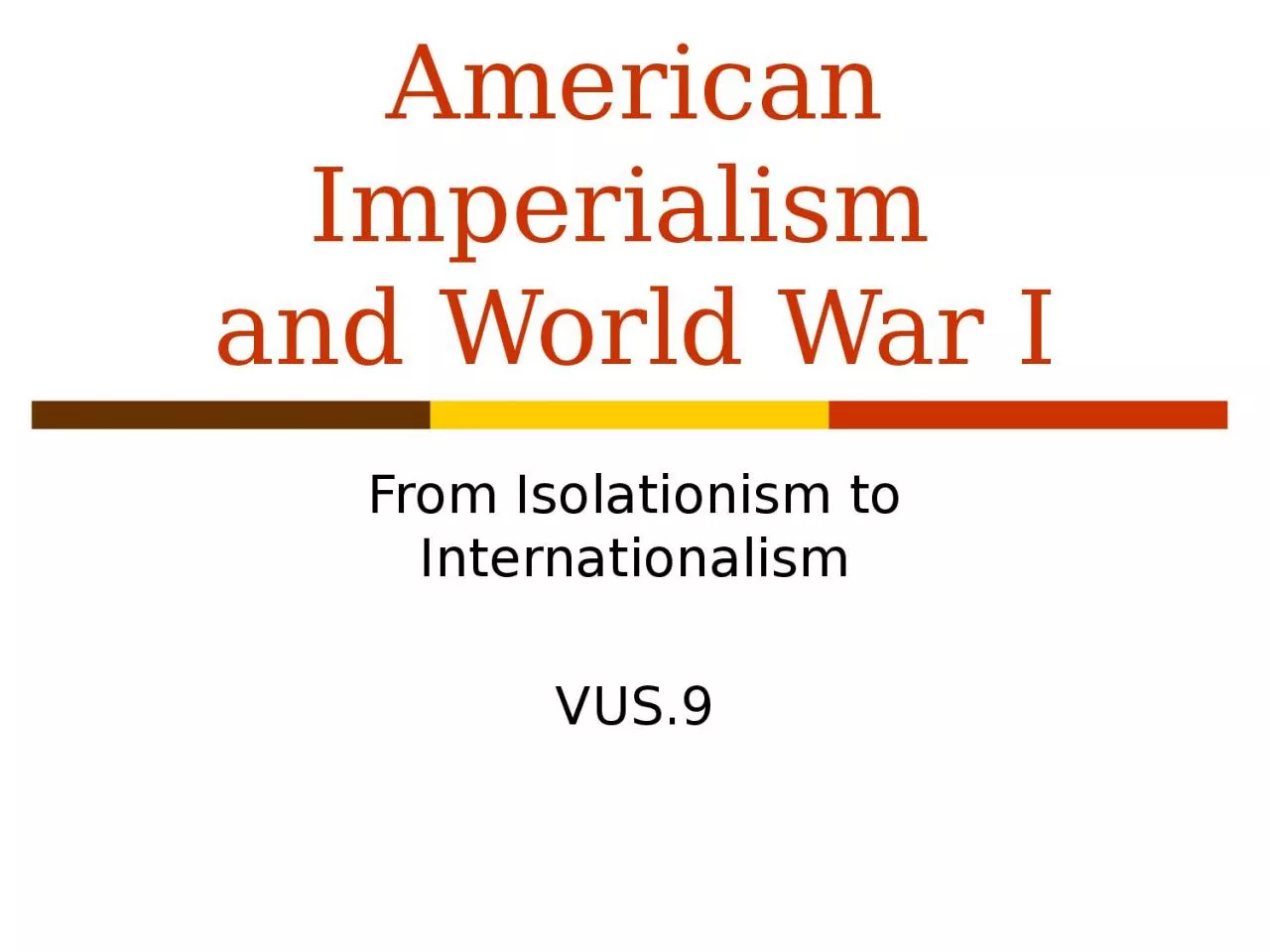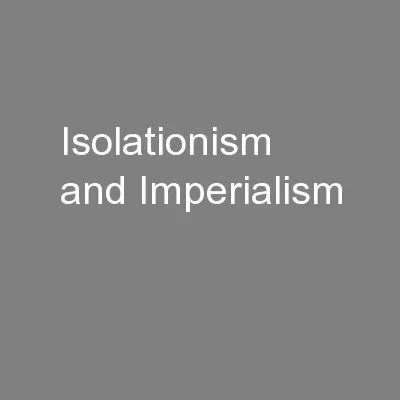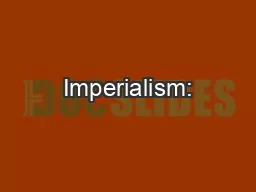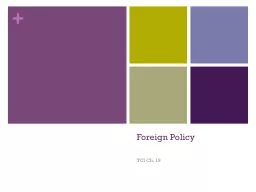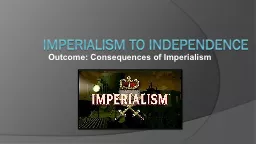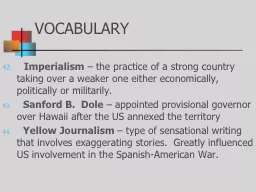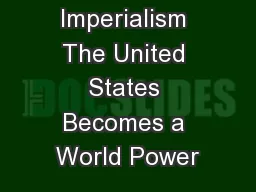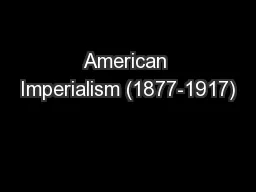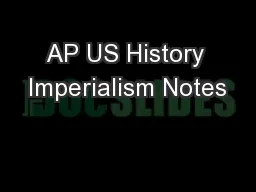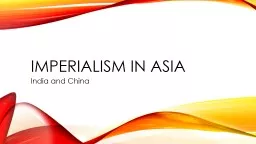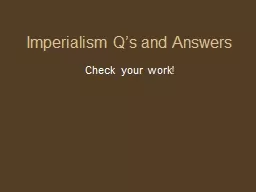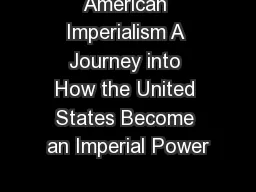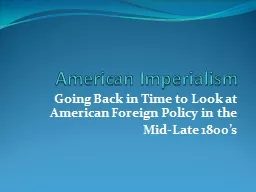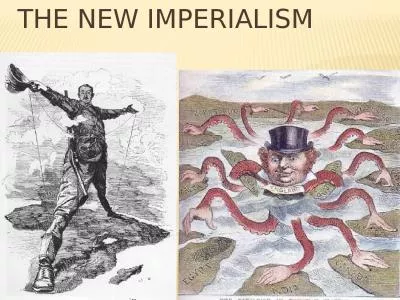PPT-American Imperialism and World War I
Author : daniella | Published Date : 2023-09-20
From Isolationism to Internationalism VUS9 American Expansionism America wanted to expand its size throughout the 19 th Century toward the Pacific Ocean Many leaders
Presentation Embed Code
Download Presentation
Download Presentation The PPT/PDF document "American Imperialism and World War I" is the property of its rightful owner. Permission is granted to download and print the materials on this website for personal, non-commercial use only, and to display it on your personal computer provided you do not modify the materials and that you retain all copyright notices contained in the materials. By downloading content from our website, you accept the terms of this agreement.
American Imperialism and World War I: Transcript
Download Rules Of Document
"American Imperialism and World War I"The content belongs to its owner. You may download and print it for personal use, without modification, and keep all copyright notices. By downloading, you agree to these terms.
Related Documents

